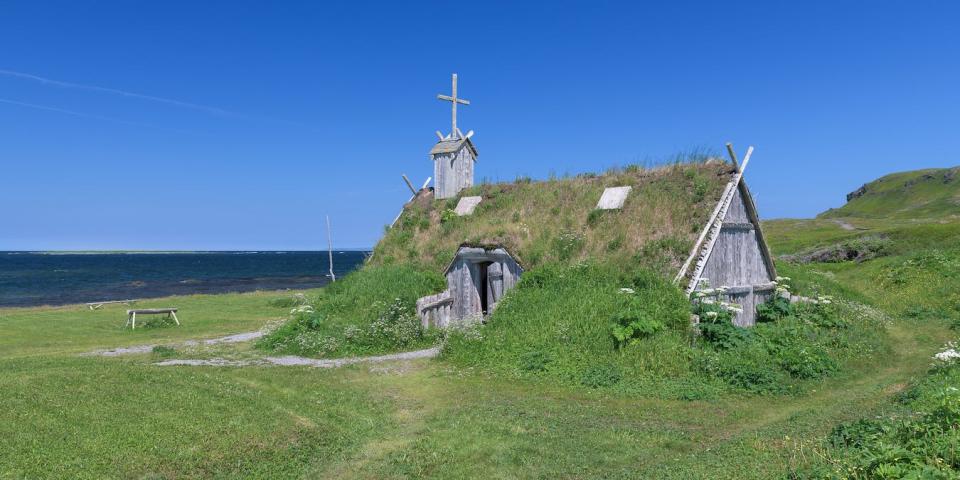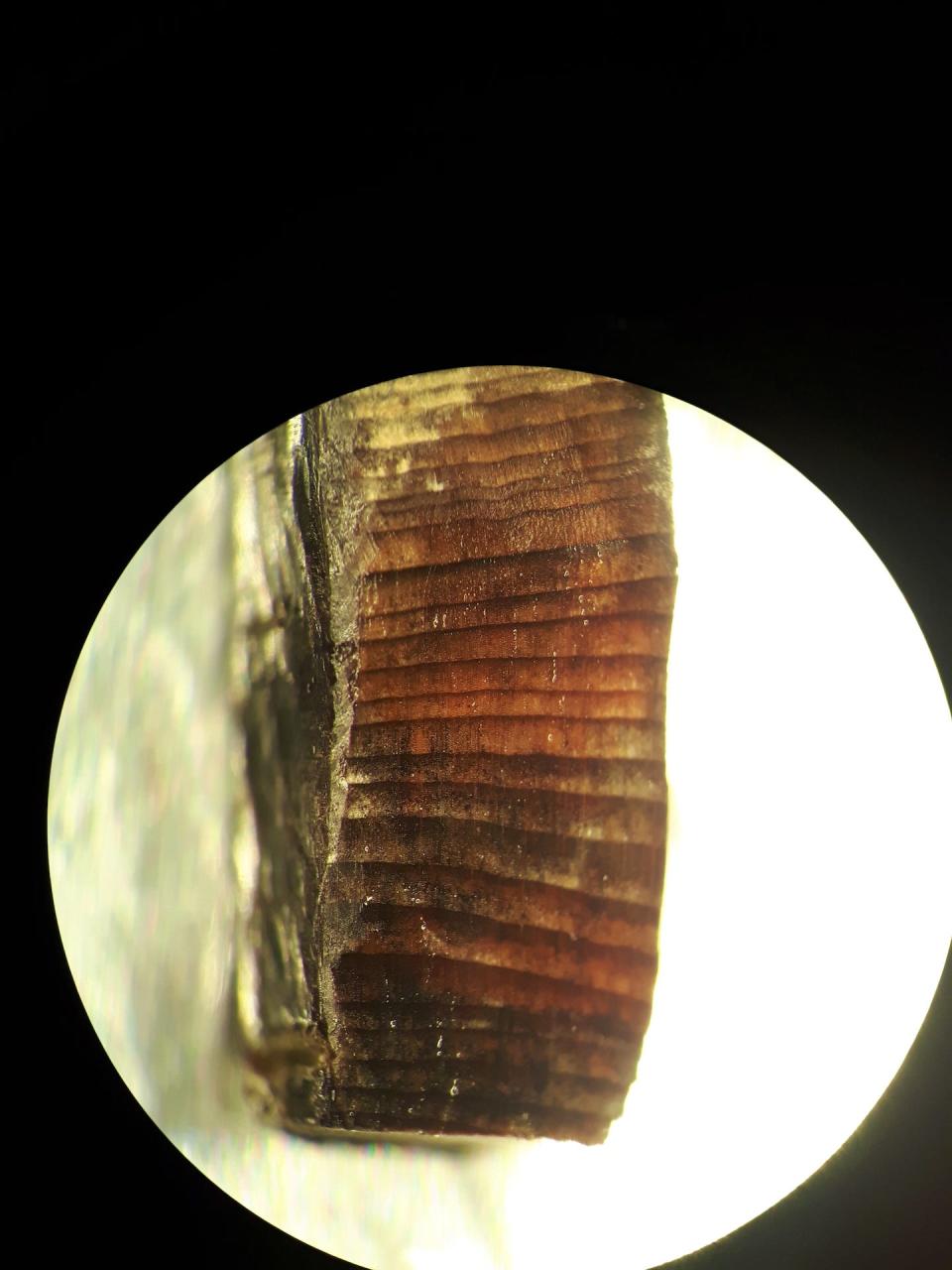When were the Vikings in the Americas? Exactly 1,000 years ago, study says
We now know when the Vikings came to America.
Although we knew that Vikings made their way across the Atlantic hundreds of years before Columbus arrived, we weren't sure precisely when that was – until now.
Wooden artifacts discovered in Newfoundland, Canada, date precisely to the year 1021, which is the earliest known record of humans crossing from Europe to America, according to a study published Wednesday in the British journal Nature.
This is "the only known date for Europeans in the Americas before Columbus," archaeologist and study co-author Michael Dee of the University of Groningen in the Netherlands told USA TODAY.
“This is the first time the date has been scientifically established,” archaeologist Margot Kuitems, a researcher at the University of Groningen and the study’s lead author, told NBC News.

“Previously the date was based only on sagas – oral histories that were only written down in the 13th century, at least 200 years after the events they described took place,” she said.
Scientists are confident the wood artifacts belonged to the Vikings, based on their location within the settlement and evidence for modification using metal tools, which were not manufactured by indigenous people in the area at the time.
As for the year when the artifacts were created, researchers were able to pinpoint the precise time by using the atmospheric carbon record to determine exact radiocarbon dates for the felling of the trees from which the artifacts were made.
"We used science," Dee told USA TODAY. "We used a solar storm, annual tree rings and cutmarks made by metal tools to show that Vikings were living in the Americas in 1021 AD, exactly 1,000 years ago. All three of our samples produced this same year.
"That level of precision and scientific proof has never been achieved before," he said.

The exact year was determinable because a massive solar storm occurred in 992 AD that produced a distinct radiocarbon signal in tree rings from the following year.
In recent years it has been discovered that massive solar storms can cause radiocarbon levels in the atmosphere to spike, Dee said.
"This upsurge in radiocarbon is then absorbed by trees and built into that year's growth ring. We knew one of these spikes occurred in 993 A.D., so we looked for this same spike in the Viking wood remains. After that it is just a matter of counting the growth rings until the last one – when the trees were felled by the metal blades of the Vikings," he said.
The Viking settlement is in L’Anse aux Meadows, Newfoundland.
This article originally appeared on USA TODAY: Vikings were in the Americas exactly 1,000 years ago, study says

 Yahoo Movies
Yahoo Movies 
